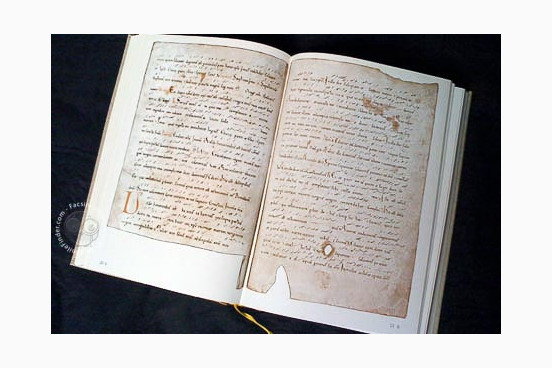The Codex Albensis is an antiphonal—a book of chants to be sung by the choir and soloists in the Christian prayer services of the hours. It was made in the early thirteenth century, perhaps at Székesfehérvár in central Hungary, an important station on the land route to the Holy Land at the time. It is significant for its inclusion of an office for the eleventh-century sainted Stephen, King of Hungary. It includes a series of amusing marginal drawings of animals.
We have 1 facsimile edition of the manuscript "Codex Albensis": Codex Albensis facsimile edition, published by Akademische Druck- u. Verlagsanstalt (ADEVA), 1963
Request Info / Price
